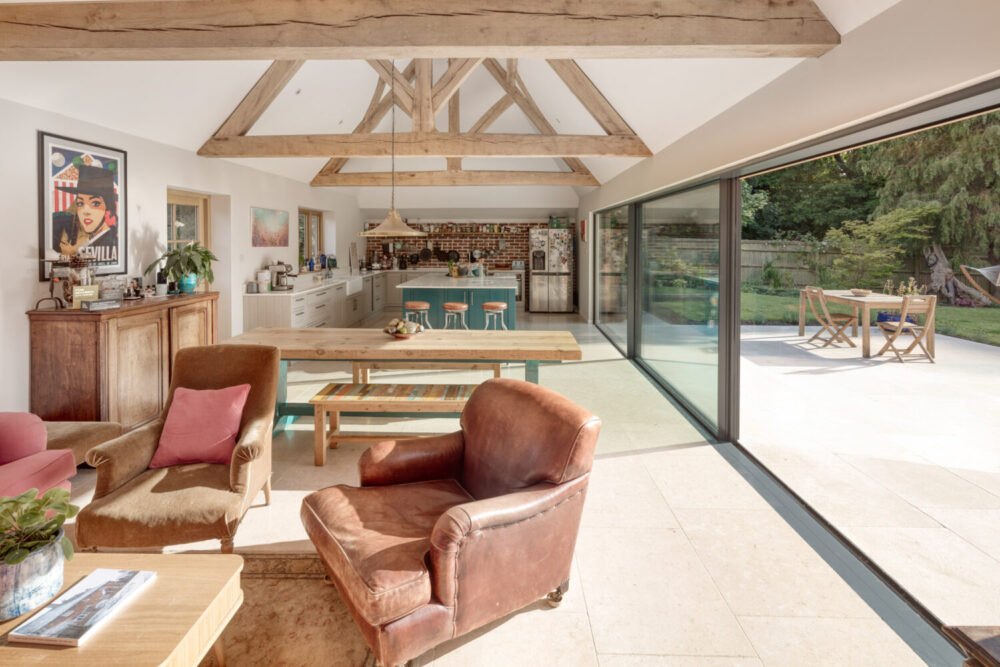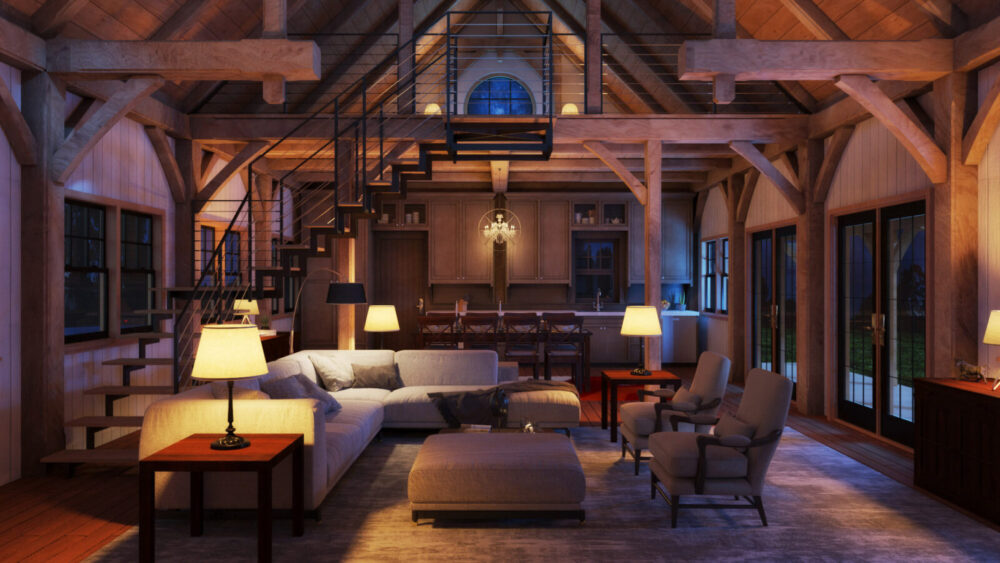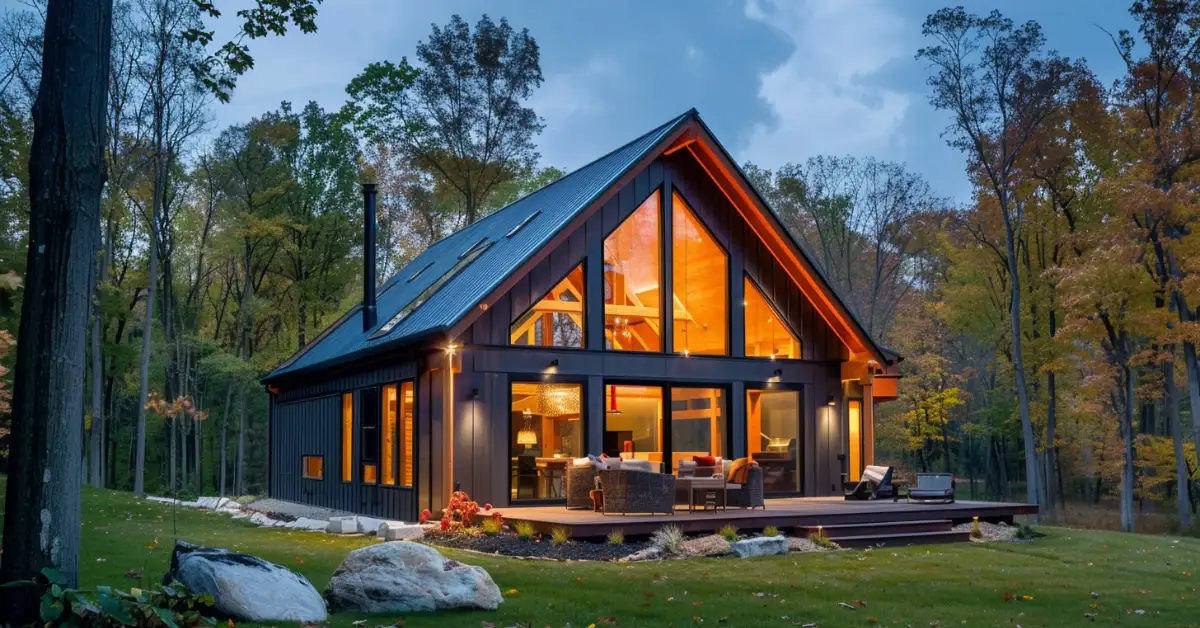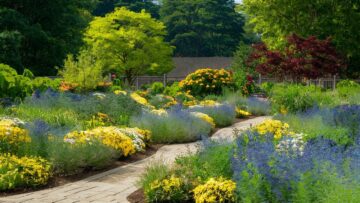Transforming an old barn into a modern, liveable space is a dream for many, but it’s a project that requires careful consideration and a fine balance between honouring the building’s heritage and incorporating contemporary comforts.
Barn conversions have grown in popularity for good reason – they offer vast open spaces, authentic character, and the unique opportunity to create something truly exceptional. However, such projects come with their challenges, from preserving the barn’s historic charm to ensuring it becomes a warm and inviting home.
Partnering with an experienced architectural practice is highly recommended for navigating these complexities and achieving the best results. In this post, we’ll share key tips to help you design a barn conversion that seamlessly blends timeless features with modern living.
1. Celebrate the Original Features

At the heart of any barn conversion is the building itself. These structures are often full of history, with original timber beams, exposed brick walls, and lofty ceilings. The trick is to highlight these features, not hide them. Too much modernisation can strip away the barn’s character, so keep as much of the original material and structure as you can.
Tip: Work with a structural engineer to understand which features can be preserved and how they can be integrated into the new design without compromising safety or function.
2. Keep the Space Open
One of the things people love most about barns is their spacious, open feel. When converting a barn into a home, try to keep that sense of openness. Open-plan living areas work beautifully in these spaces, letting light travel freely and giving the home a relaxed, airy atmosphere.
However, it’s still important to create defined areas within the open space for different uses – whether it’s for dining, lounging, working or other functional spaces.
3. Bring in More Natural Light

Barns weren’t built for people to live in, so you’ll often find they have small windows or even none at all. Introducing natural light is crucial to making the space feel like home.
Adding large windows, skylights or glass doors can make a massive difference, but remember to do it in a way that’s sympathetic to the barn’s character.
Oversized glass panels can be a beautiful way to flood the space with light, without detracting from the building’s original structure.
Tip: If you’re worried about adding too many new openings, consider skylights or roof windows. These can bring in a lot of natural light without altering the exterior appearance too much.
4. Think About Insulation and Heating
Barns were designed for livestock and storage, not energy efficiency! The thick stone or brick walls and open roof spaces can make heating them a challenge, so good insulation is essential. Underfloor heating works particularly well in barn conversions, keeping large spaces warm without the need for radiators that might disrupt the clean lines of the design.
5. Maintain the Height

The towering ceilings of barns are often one of their most striking features, so be careful when considering adding mezzanines or extra floors. While these can offer more living space, they need to be designed thoughtfully to ensure the barn still feels spacious and doesn’t lose its sense of grandeur. A simple mezzanine can be a great solution, giving you extra room while still preserving the barn’s verticality.
Tip: Use lightweight, minimalist designs for mezzanines – glass balustrades or open wooden frameworks can help maintain the feeling of space and openness.
6. Blend Old and New Materials
One of the joys of a barn conversion is the opportunity to mix old and new. The contrast between rustic, natural materials like timber and brick, and sleek modern finishes like steel and glass, can create a truly stunning design. The trick is to get the balance right – the modern elements should complement, not overwhelm, the original materials.
Tip: When choosing new materials, look for those that echo the tones and textures of the barn’s original features, ensuring a harmonious blend between old and new.
7. Check Planning Regulations
Barn conversions often fall under stricter planning rules, especially if the building is listed or located in a conservation area. You might face restrictions on what you can alter, particularly when it comes to structural changes or adding new windows. It’s important to work closely with local authorities to ensure your design respects both the barn’s heritage and the legal requirements.
Tip: Engage with a heritage consultant early in the process to help navigate any planning issues and avoid surprises later on.
8. Connect with the Surroundings

Barns are usually set within beautiful, natural landscapes, and it’s important to maintain that connection between the indoors and the outdoors. Large windows or glass doors that open onto patios or gardens can help bring the outside in, creating a seamless flow between the home and its surroundings. And don’t forget about the landscape design itself – sympathetic planting and thoughtful outdoor spaces can enhance the overall feel of the conversion.
Tip: Retain original features outside the barn, like old stone walls or mature trees, to keep that sense of rural charm.
Final Thoughts
Designing a barn conversion is about more than just creating a living space – it’s about breathing new life into an old building. Each barn has its own history and character, and a successful conversion respects that heritage while adapting it for modern living. It’s a process that requires careful thought, but the result can be a home that’s full of charm, character, and contemporary comfort.
If you’re thinking of taking on a barn conversion, the key is to embrace the building’s past while making it your own. With the right approach, your barn can become a truly unique home that celebrates both history and modernity.


